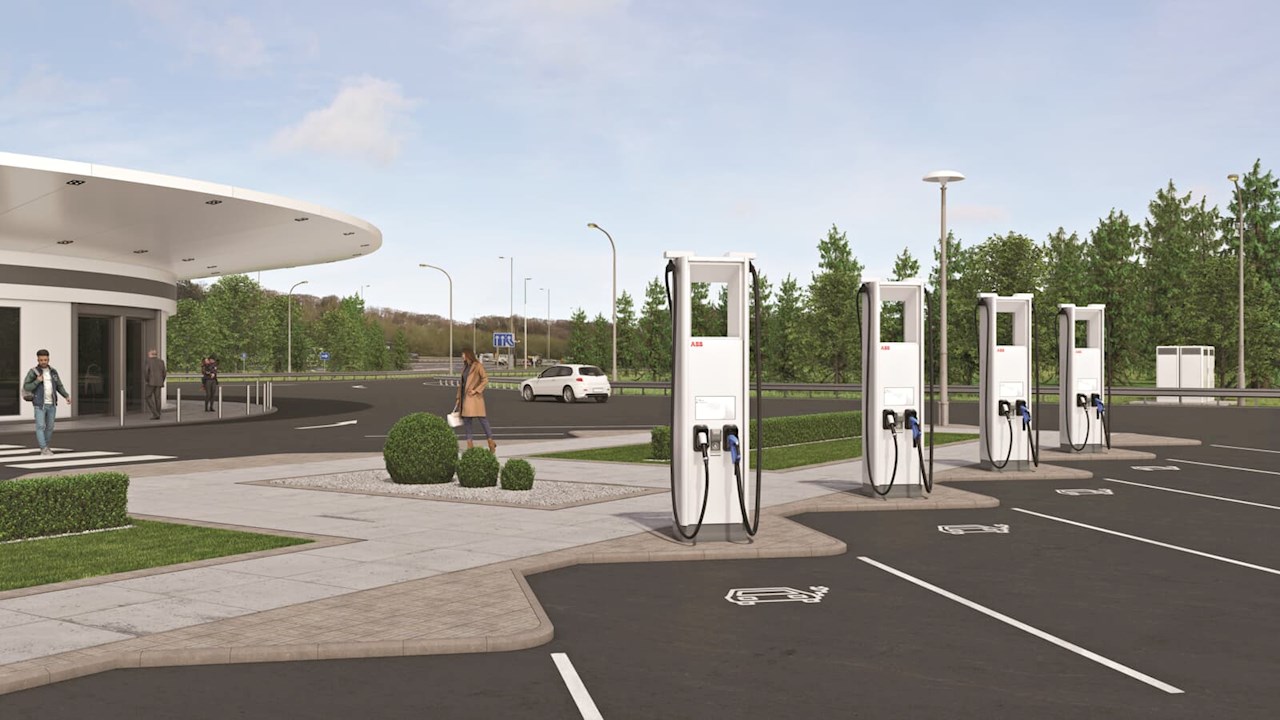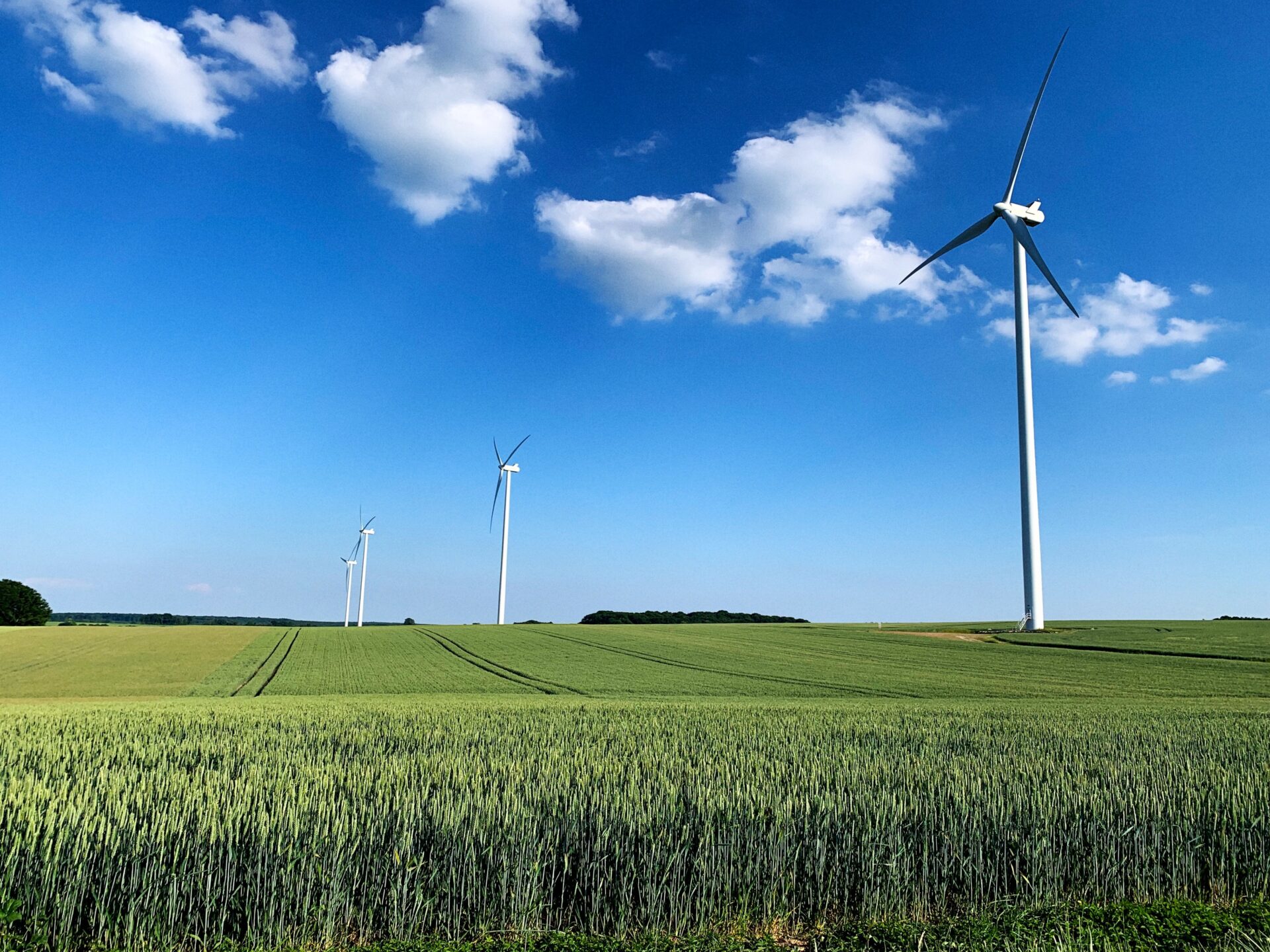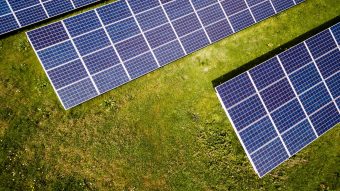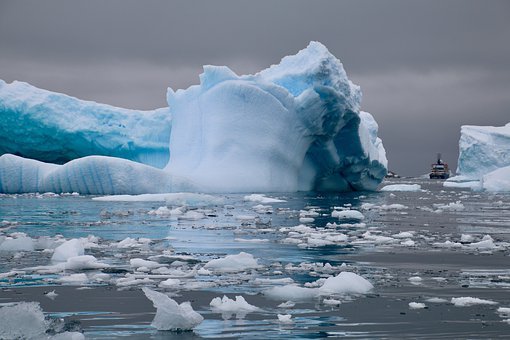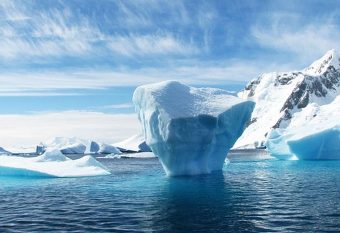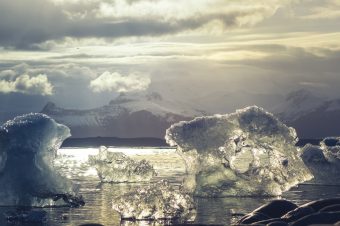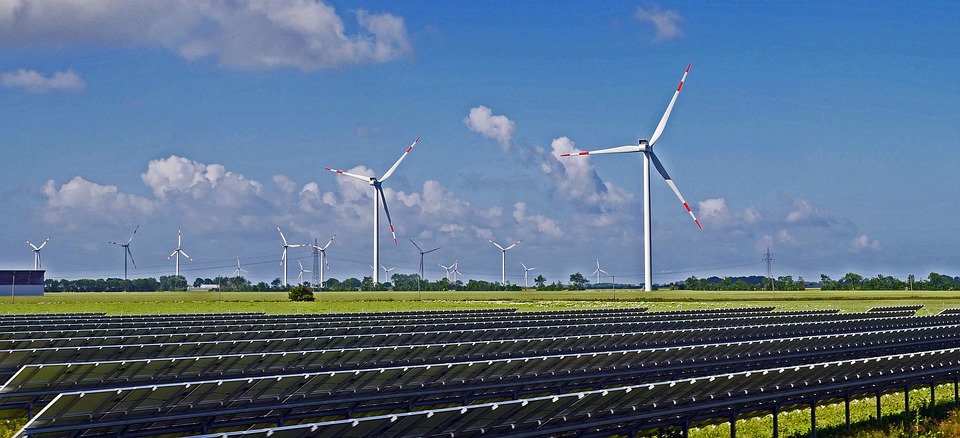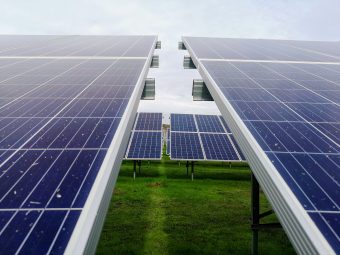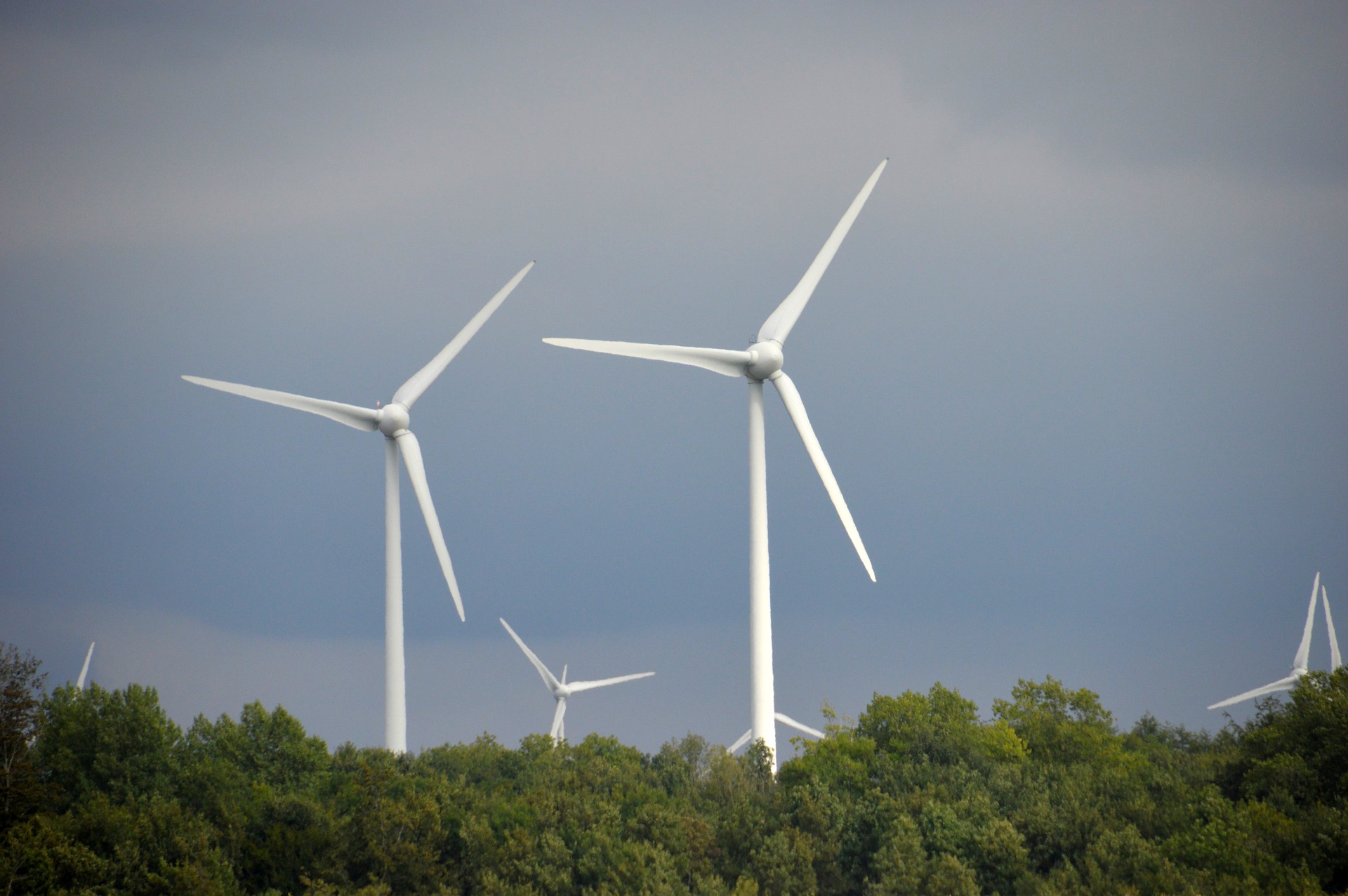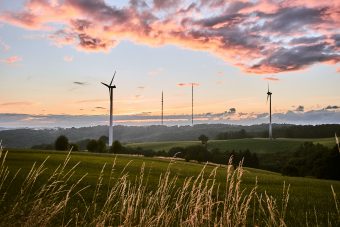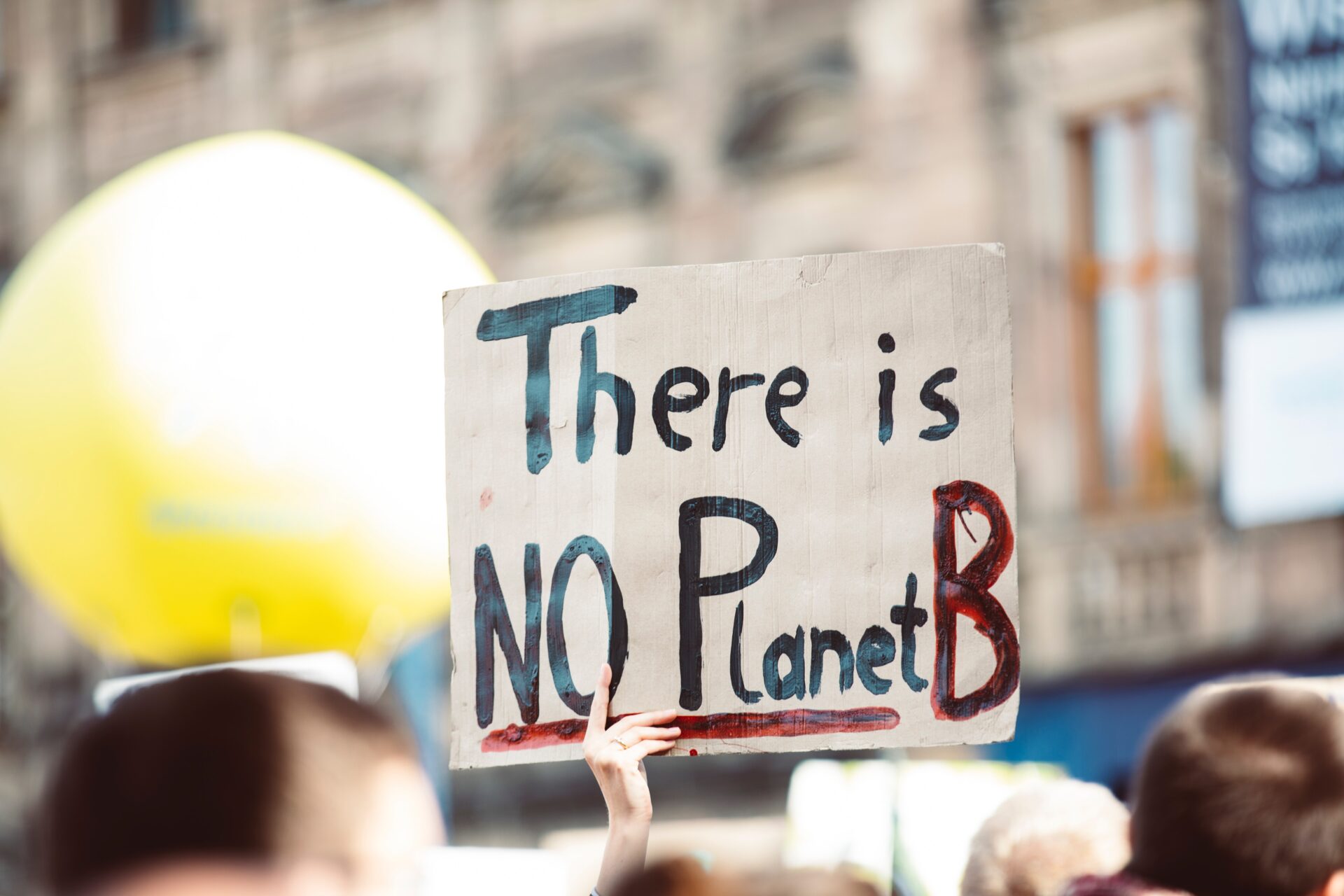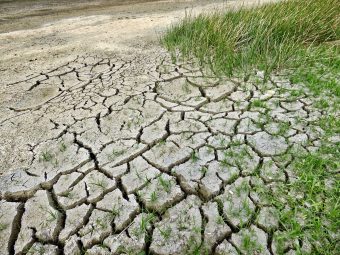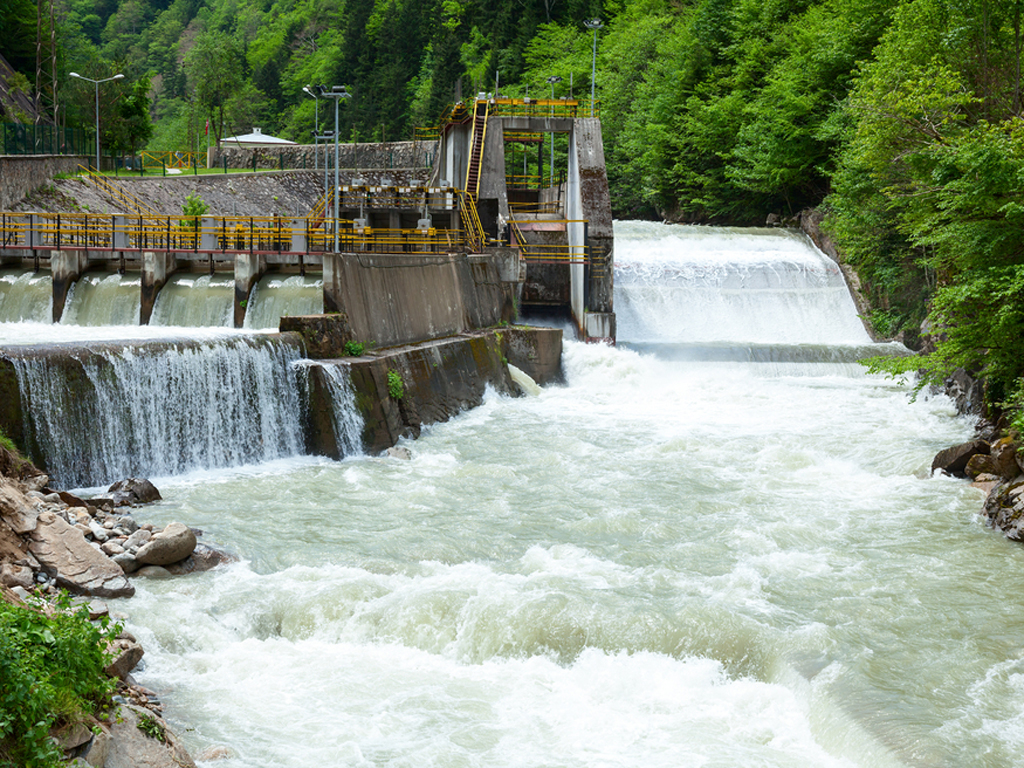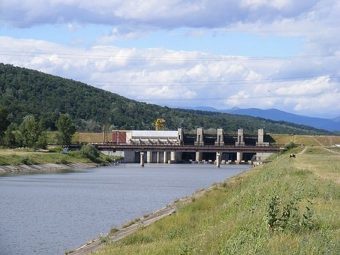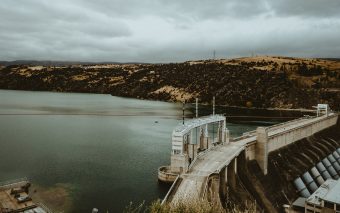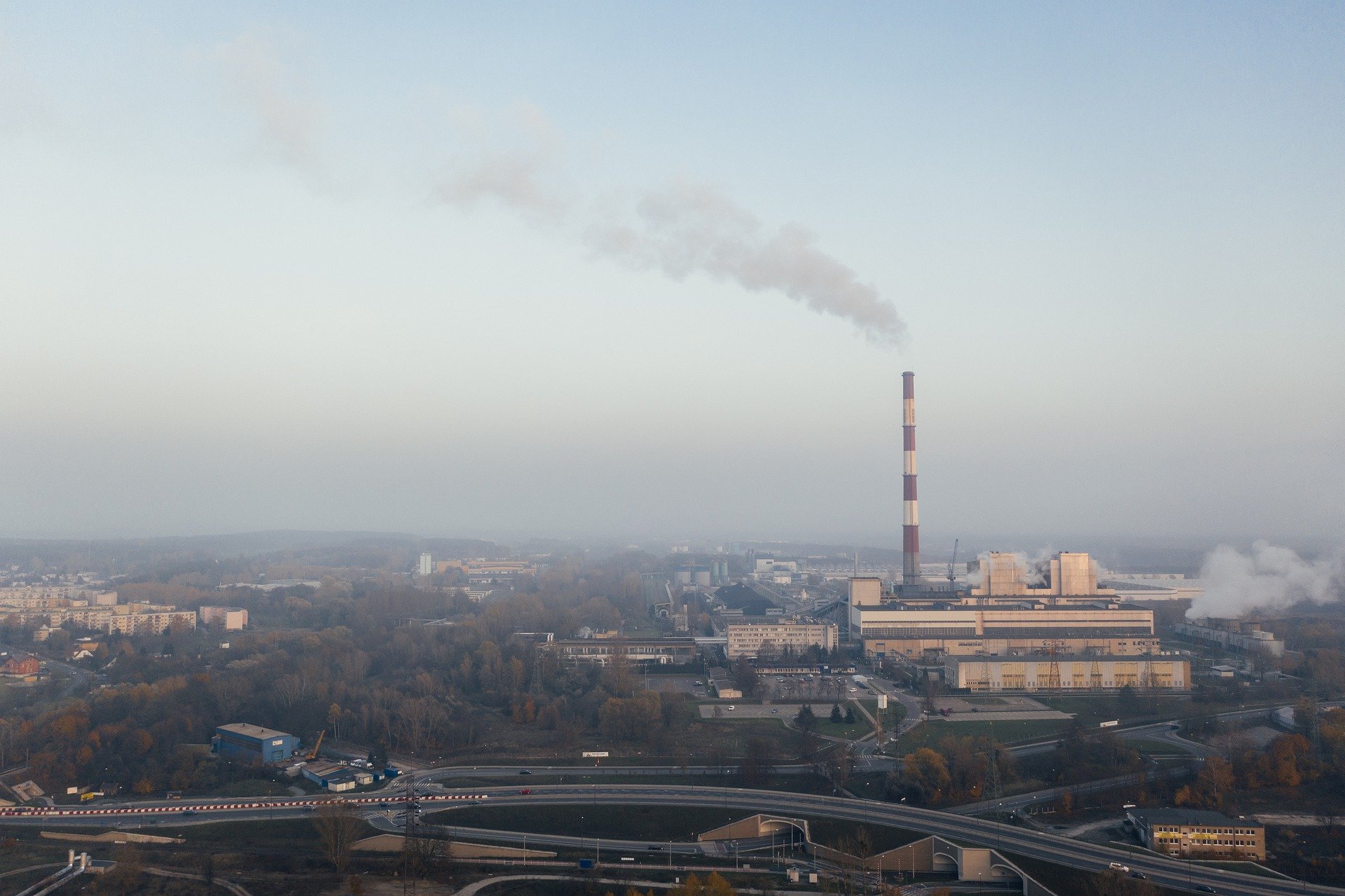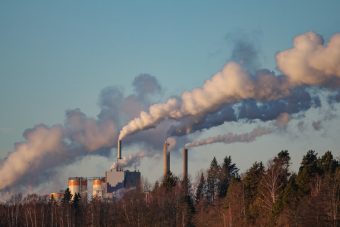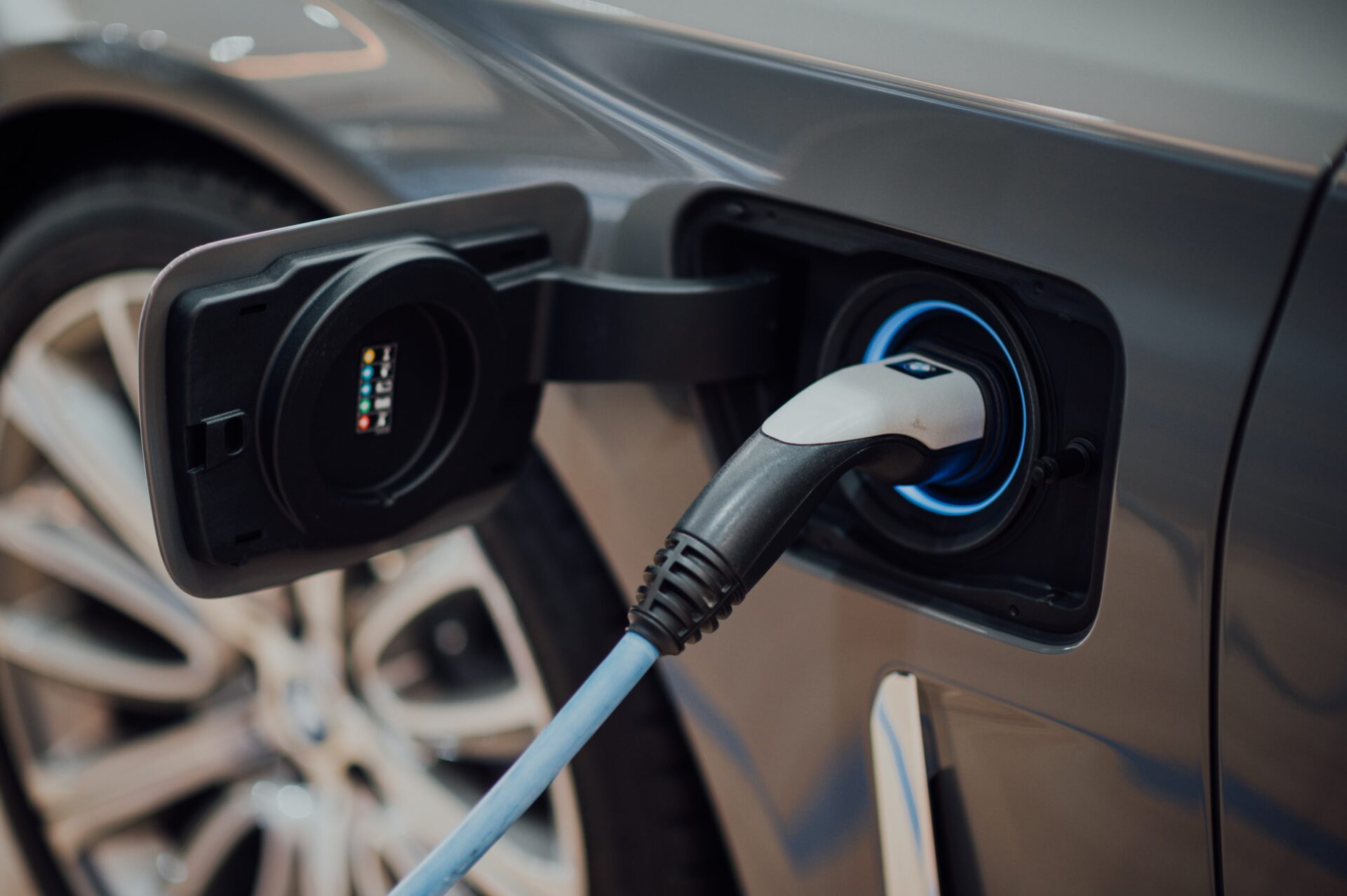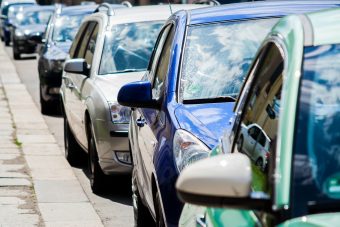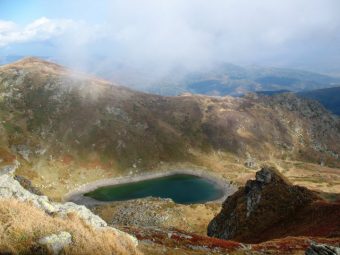Remember the fire that happened in the Gulf of Mexico a few days ago? This wasn’t the first ocean fire of this year and definitely not the last. So far, there were three in total.
Each of the ocean fires had different causes, but I don’t think anyone was expecting the ocean to catch fire on three different occasions this year. Even after the wild year that 2021 was. I kind of expected the extreme heat, hurricanes, and wildfires, but ocean fires?
Lagos, Nigeria
This first ocean fire happened in Ajah, Lagos, back in May. The video noted that there was a mysterious fire burning on the water. Take note that the fire is moving towards the shore where the people are. Also, take note of how high the flames are rising in the smoke. Before you assume that the fire was caused by a boat explosion, take a look at the boats in the video. These are all wooden boats that don’t seem to have any type of gasoline engine attached to them.
https://www.youtube.com/watch?v=aAofzNQa9IU
The fire eventually reached the shore and people started realizing this and panicking. You can see the smoke engulfing the palm trees as the fire moves onto the shore. The video ended with the fire moving in on the trees–I am not sure if the trees caught on fire or if the fire was put out. Browsing the comment section of that particular YouTube video, there were many theories as to how this happened. Some thought it was God, while someone said it was probably an NNPC pipe with petroleum inside of it. The prevailing guess seems to be that an underwater pipeline blew up.
Gulf Today reported on the story but didn’t really have much to add except what users commenting on the original Instagram video were saying. The article did add that many thought there was some type of oil spill from the release of liquid petroleum hydrocarbons.
National Light had a bit more information to add, including a statement from an anonymous eyewitness who said that such a thing has never happened at the beach. “I have not seen this kind of fire outbreak inside the ocean. Some people are arguing that it could be a tyre burning inside the water, but such notion cannot stand because the fire was coming straight from the water and no object was visible to be attributed with the cause of the fire.”
Caspian Sea
This next fire is actually more recent. On July 4th, an eruption south of the Azerbaijani capital city of Baku sent fire exploding into the sky. The fire is believed to be caused by a mud volcano. The State Oil Company of Azerbaijan Republic (SOCAR) told the APA that none of its oil platforms were affected by the fire. Also, there were no injuries reported.
“There have been no accidents on offshore platforms and industrial facilities under the direct control of SOCAR, and work is continuing normally,” Ibrahim Ahmadov, deputy head of SOCAR’s public relations and events department, told the APA.
WATCH: Large explosion reported near oil platform in the Caspian Sea; officials say it may have been caused by a mud volcano pic.twitter.com/eqwNw110bF
— BNO News (@BNONews) July 4, 2021
A mud volcano is a type of volcano that erupts with muddy fluids instead of lava. Mud volcanoes are caused by water that is heated deep inside the earth. The water mixes with rocks and minerals to create a slurry that is forced up to the surface via fissures.
They can range from tiny fractures to much larger holes that are hundreds of meters high and miles wide. CNET noted that if they happen to be near something like an oil field, they could be mixed into oil and natural gas systems. When they erupt, the oil and gas spew into the sky with the mud. It’s not clear how they could ignite, but the pressure change or even sparks created by rocks smashing into each other during an eruption could have a part to play.
Mark Tingay analyzed the fire in a Twitter thread and he noted that this could have been the Makarov Bank mud volcano, which has done this before.
He also noted that there were other reports that said it could have been a fire from a rig or platform. He pointed out that many didn’t think a mud volcano could cause a fire, but Tingay shared a video of one back in 2019 sending up fire. He shared another tweet that had footage of the blast and noted that the fireball was clearly visible on the horizon.
Tingay said that the footage from Baku is right out into the Caspian and he drew a rough area of where the footage was looking out to, less than a 50-kilometer distance. He thought it was too close to be Qum Daniz and that if it’s a known volcano, the most likely candidate is Makarov Bank, which he had a file on since it erupted in 1958 with a massive 500-meter high fireball.
A day or later, he shared an image from Simon Carn that showed the thermal anomaly the previous night in the Caspian. Data from NASA confirmed that the anomaly wasn’t there in the days leading up to the fireball, which led Tingay to believe the source of the fireball was actually Ignatiy Stone Island mud volcano. This was later confirmed by Liveuamap on Twitter, which showed a video of the morning footage of the mud eruption on Dashly Island, another name for Ignatiy Stone Bank.
Conclusion
Two of the three fires were not naturally caused, and the latter fire wasn’t an actual ocean fire as was the case for the other two. However, the fact that these mud volcanos are close to oil drilling platforms is pretty wild. It doesn’t make sense to me that oil companies would drill near volcanoes of any sort, but then again, they don’t care about the air we breathe, so why should they care as to whether or not they accidentally set off a volcanic eruption?
Please note that the last question was rhetorical. Let’s hope that there will be no more ocean fires. The idea of water being on fire is not attractive at all.
Source: Clean Technica




